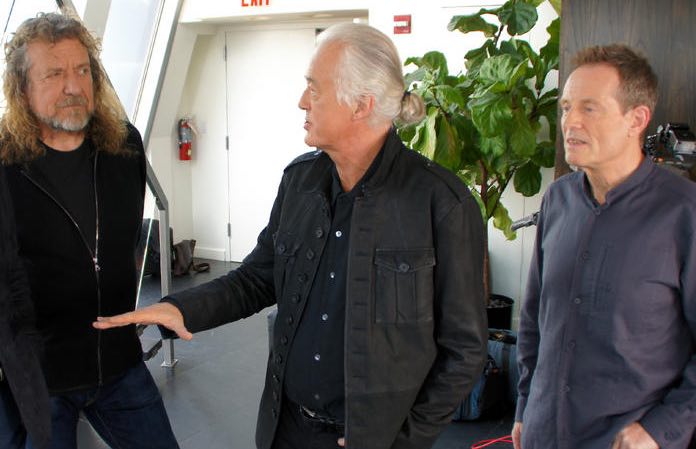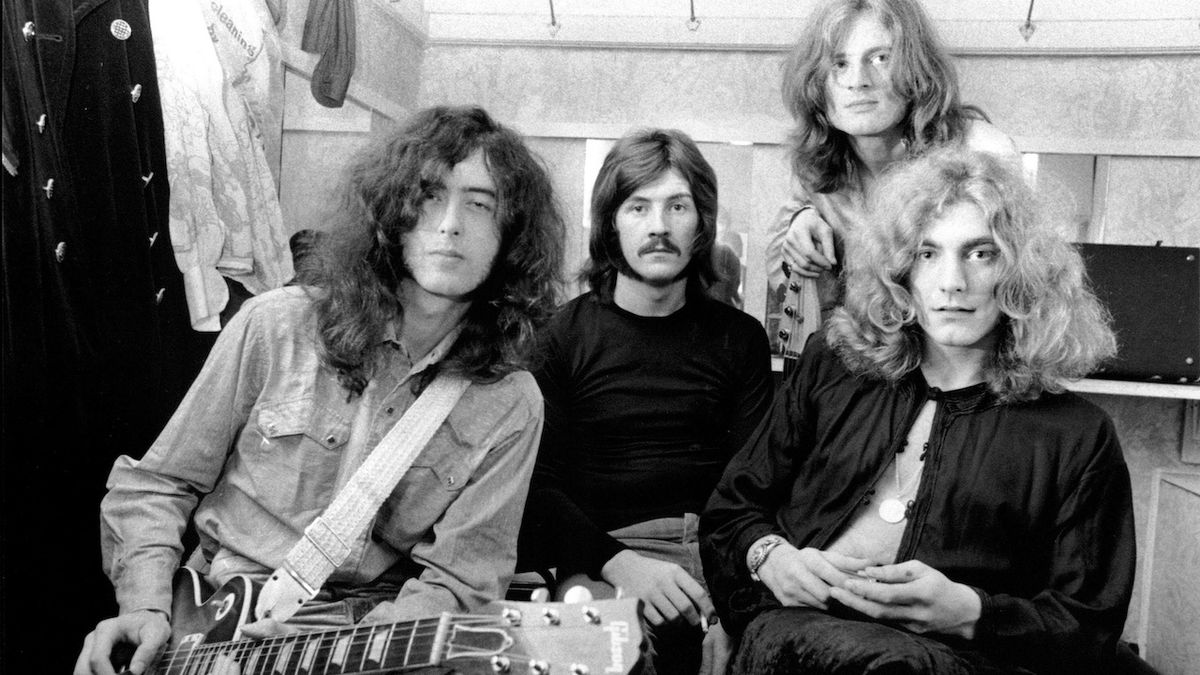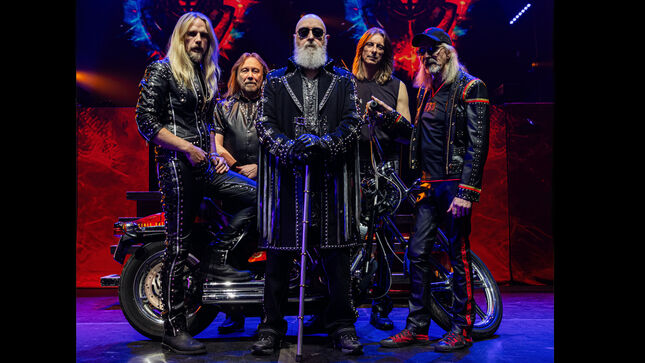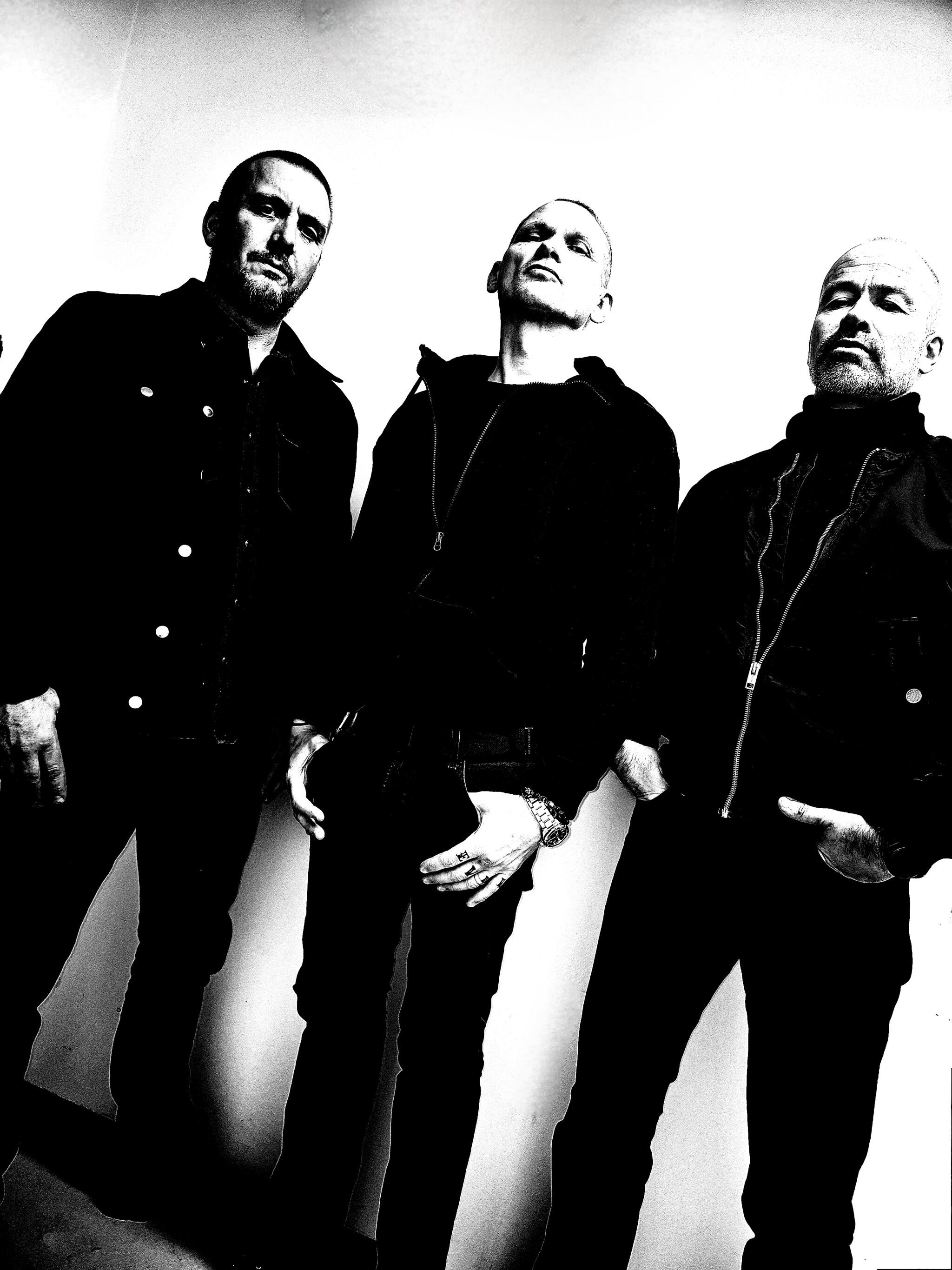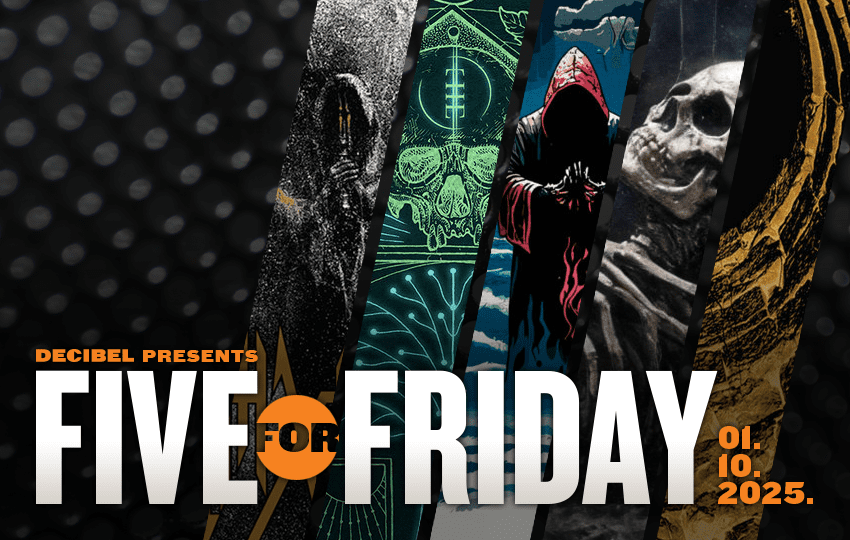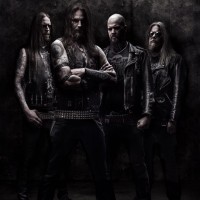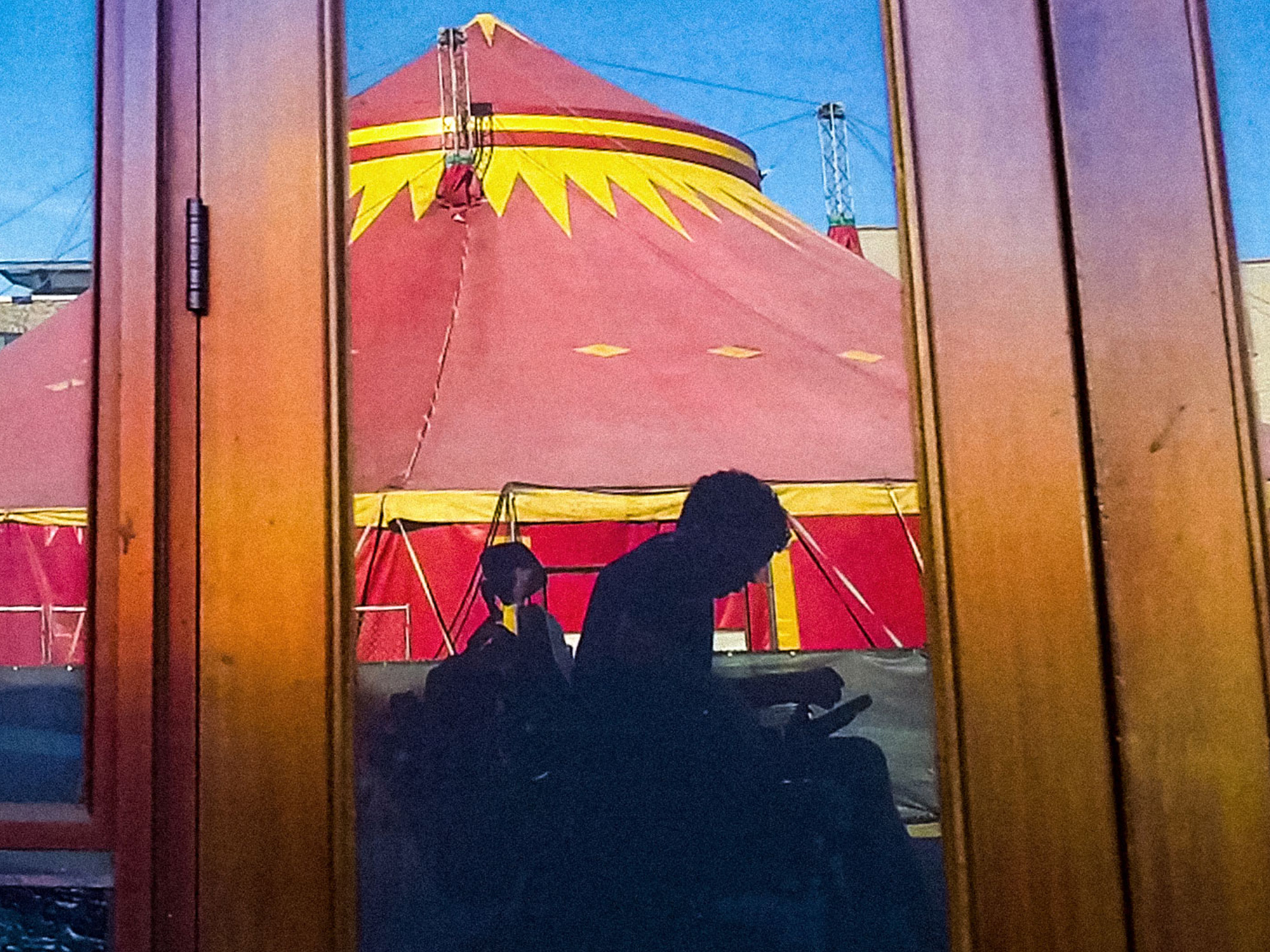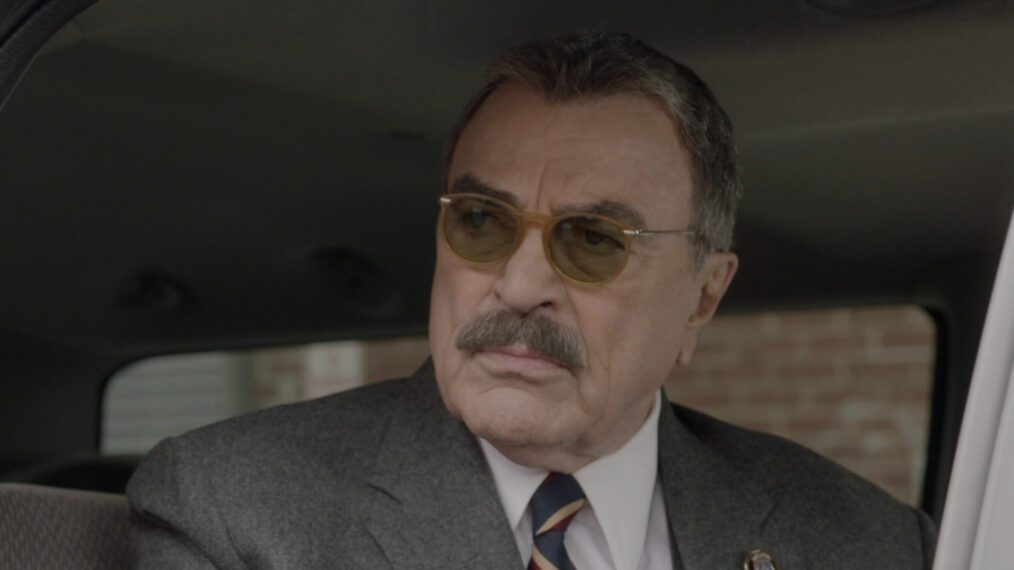Side projects are an exciting component in music, because they offer fans the chance to immerse themselves in disparate sounds from their favorite acts that can be just as captivating as (or fascinatingly contrasting with) their primary outfits. The results may be unpredictable, but they let certain members of a group dive into sounds that might’ve not fit in their original band. Or they may be an extension of the riveting experimentation that already took place in their initial project, but with more emphasis on other instruments or styles.
Enter the electo pop-rock enigma of Astronomía Interior (AI): an electrifying mix of digital configurations that seem to radiate somewhere in outer space. It’s the latest side project of two Zoé bandmates — but this time, Jesús Báez and Ángel Mosqueda joined forces to release songs that “at times seemed to come from another world or a distant future,” as they describe. The duo released their eponymous debut album in January through Universal Music Mexico, and will perform at Vive Latino on March 18.
This is not the first time that members of Zoé have explored on their own. Frontman León Larregui continues to navigate his solo side with great success since Solstis (2012) and Voluma (2016). On Friday (March 10) the singer-songwriter releases his second set of two singles: “Chromocismic Ave,” a multilingual track with psychedelic touches, and “Holidays,” a gentle coo with guitar arpeggios, both from his upcoming album Prismarama due out later this year. (The band’s former drummer, Siddhartha, has also enjoyed a fruitful career on his own.)
Other prominent bands such as Maná have seen their members Sergio Vallín and Alex González launch side projects, and Gustavo Santaolalla, one of Latin America’s most important Latin rock producers, created a fascinating electronic tango project with Bajofondo, while also composing for film and more recently for the world of video games.
Side projects are defined by their inclusion of one or more artists who are primarily known for their participation in another group, such as Jay de la Cueva or De La Tierra, for example. They can also be an artist or band that temporarily and/or radically changes style – like HopPo! or Terri Gender Bender. Sometimes, those initiatives become bigger than what the artist anticipated, as in the case of Kumbia Queers, a rowdy troupe of punks who came from separate independent music projects.
Without further ado, here are 10 outstanding Latin music side projects of the last decade (in alphabetical order).
-
Astronomía Interior
Members: Jesús Báez and Ángel Mosqueda of Zoé
Astronomía Interior (AI) is the latest musical project of Zoé keyboardist Jesús Báez and bassist Ángel Mosqueda. As an extension of their musical versatility beyond the Mexican troupe, the duo shoots for the stars to “gradually build a constellation full of musical magic” that will form a “musical galaxy based on emotion and visuals,” as they describe in a press release.
In January, AI released its debut album Astronomía Interior, which contains hypnotic pieces of electro-pop brilliance such as “California”, “Un Día Especial” and “Estrella Fugaz.” The duo will be touring the U.S. this year and are confirmed for Vive Latino (March 18) and Pa’l Norte (March 31) festivals in Mexico.
https://www.instagram.com/p/CoDDLZqJ0xN
-
At The Drive-In
Image Credit: Andrew Benge/Redferns Members: Omar Rodriguez-Lopez and Cedric Bixler-Zavala of The Mars Volta; Paul Hinojos, Tony Hajjar, and Keeley Davis (their most recent line-up).
It’s arguable that At The Drive-In should’t be considered the side project of The Mars Volta members Omar Rodríguez-López and Cedric Bixler-Zavala, since At The Drive-In happened first, and also both musicians have a variety of side projects. But given the greater commercial success they had with TMV (a group with whom they have released seven studio albums versus four), we will assert, for the purpose of this list, that the post-hardcore group eventually became their side project.
Formed in the 1990s, At The Drive-In is one of Cedric and Omar’s most recognizable projects. In 2000, they released one of their most acclaimed albums, Relationship of Command, a year before forming TMV. Since then, the original group went on hiatus, until reuniting in 2016 for one more brief period.
Both Omar and Cedric have been incredibly active in diverse spaces, where they have exercised their creative muscles in unpredictable ways. Other side projects of theirs include bands such as De Facto, Omar Rodriguez Lopez Group, Bosnian Rainbows and Antemasque.
-
Dante Spinetta
Known for: Illya Kuryaki and the Valderramas
Whether solo or with a group, Dante Spinetta is a star in his own right. The rapper/singer formed the pioneering Kuryaki and the Valderramas in the ‘90s in Buenos Aires when he was 14 years old, alongside Emmanuel Horvilleur, to tremendous international success.
At the turn of the decade, Dante released solo material that saw him delving deeper, with the riveting mix of hip-hop, funk and R&B heard in albums like Elevado (2002) and El Apagón (2007). With 2010’s Pyramide, the Argentine artist moved old-school rap and música urbana to the forefront.
Last year, the eccentric artist dropped his fifth solo album, Mesa Dulce, where fans could hear him embracing his funky and soulful side, while also welcoming rising stars like Trueno and CA7RIEL into the mix for a few features.
https://www.instagram.com/p/Co3M8uXshJq
-
De La Tierra
Image Credit: Martin DarkSoul Members: Andreas Kisser of Sepultura, Alex González of Maná, Andrés Giménez of A.N.I.M.A.L., Harold Hopkins Miranda of Yupa, and previously Flavio Cianciarulo of Los Fabulosos Cadillacs
One decade ago, four musicians of internationally successful bands united to usher in Latin metal’s reawakening. It started with Mexican drummer Alex González’s yearning to explore a more hardcore sound outside of Maná’s pop-driven rock ballads. Enlisting A.N.I.M.A.L. frontman Andrés Giménez, bassist Flavio Cianciarulo of Los Fabulosos Cadillacs from Argentina and guitarist Andreas Kisser of Sepultura from Brazil, De La Tierra was born.
The all-star troupe released their eponymous full-length debut in 2015 and second album II the following year, which straddles death metal and slashing hard rock. Adding Puerto Rican bassist Harold to the lineup, after Flavio’s departure, the band released their last rock ballad, “Distintos,” which features Andreas’ crystalline acoustic guitar pluckings against Andrés’ fervent vocals.
-
Gustavo Santaolalla
Image Credit: César Guekian Known for: Bajofondo, record producer, composer.
Gustavo Santaolalla’s range as a musician, composer and producer is impressive, and his diverse musical talents make it a bit difficult to see where the main project begins and the side project ends.
As a musician, the multi-instrumentalist co-founded the Uruguayan-Argentinian ensemble Bajofondo, with their gripping formula of tango and electronic music. Santaolalla had already helped establish the pioneering rock nacional band Arco Iris in the hippie era.
As a producer, Gustavo Santaolalla established himself as the man behind many of rock en español’s greatest records of all time. He helped pave the way for the genre’s cross-continental explosion, producing hits for megastars like Café Tacvba, Ely Guerra, Julieta Venegas, Maldita Vecindad, Los Prisioneros, Juanes and many more Latin rock icons.
As a composer, his film scores have been featured in some of the most important Latin American cinema — including award-winning 21st century films like Amores Perros, 21 Grams, Motorcycle Diaries and Babel. His works have also appeared in TV shows and video games.
-
HopPo!
Members: Rubén Albarrán of Café Tacvba, Juan Pablo “Muñeco” Villanueva, Carlos Icaza, Rodrigo “Chino” Aros, Giancarlo Baldevenito.
While on a break from Café Tacvba, the eccentric frontman Rubén Albarrán took advantage of his creative wanderlust to help form HopPo!, which means “Let’s Go” in the Dakota language. He teamed up with three Chilean musicians to create music that honored the Chilean song movement, including beautiful covers from Chile’s ‘60s protest leader and musician Violeta Parra.
Equipped with a charango, sitar, pan flutes, guitar and drums, the rock-leaning folk combo was a charming homage to the protest music of Latin America in its fight for social and political justice, causes that Albarrán has been very vocal about.
Their last song as HopPo! to date is the Jorge González cover, “El Futuro Se Fue.” González is best known as the frontman of the political pop-rock band Los Prisioneros. Other releases by the side project include the EPs Te Vas al Sur (2014) and La Maga y el Sadhu (2018).
https://www.instagram.com/p/Bo2k2WulZT6
-
Kumbia Queers
Members: Juana Chang, Pilar Arrese and Inés Laurencena of She-Devils; Flor Linyera; formerly, Ali Gua Gua of Las Ultrasónicas.
Starting off as a side project, Kumbia Queers made a big splash in the late ‘00s with their quirky tropical punk covers of the Cure, Black Sabbath, the Ramones, and Madonna, where they wrote original lyrics catered to their punk and queer lifestyle. With their knack for clever wordplay, signature fusion, and outrageous stage theatrics, the Argentine-Mexican queercore troupe capitalized on this niche and their “side” gig became a huge hit.
Their 2011 release La Gran Estafa del Tropipunk EP was an underground sensation, and songs like “Celosa” and “Daniela” have endured in the Latin alternative music catalog with humorous songwriting and danceable rhythms. They later followed that up with Pecados Tropicales (2012) and La Oscuridad Bailable (2019), in which they continued to embrace cumbia villera, with infectious synthesizers and an irreverent attitude.
https://www.instagram.com/p/CmcgCZ-OzK1
-
Mexrrissey
Image Credit: Shirlaine Forrest/WireImage Members: Camilo Lara of M.I.S.; Ceci Bastida of Tijuana No!; Chetes of Zurdok; Sergio Mendoza of Calexico and Sergio Mendoza y la Orkesta; Jay de la Cueva of Moderatto, Fobia and Titán; Adan Jorodowsky of Adanowsky; Alex González of Twin Tones; and Alejandro Flores of Café Tacvba.
Comprised by Morrissey lovers, the Mexican supergroup reimagines songs by The Smiths’ frontman, as evidenced by their only album, No Manchester (2016). Founded by Camilo Lara and Sergio Mendoza, the cast of charro-clad rockers take turns performing songs by Moz. Complemented by a brass section and a vihuela, the album documents Britain’s fascination with bleak humor and Mexico’s knack for melodramas — just seek no further than the telenovela.
Passion, rebellion and melancholy take center stage as listeners watch the journey of a sad loner wandering through a republic full of agony, as heard in the song “Mexico.” With Jay de la Cueva’s angelic coo, Chetes’ swaggering sneer and Adanowsky’s warm vocals, “Estuvo Bien” is a great remake of “Suedehead.” Meanwhile, Ceci Bastida channels Moz’s cool in her surfy remake of “The Last of the Famous International Playboys,” refashioned as “International Playgirl.”
-
Sergio Vallín
Image Credit: Elishia Perosa Known for: Maná
In Sergio Vallín’s first solo project, Microsinfonías (2021), Maná’s guitarist ventures into classical music, accompanied by the Prague Symphony Orchestra. For the seven-track, self-produced instrumental album, the Mexican artist composed the intro and outro, and reworked hits by Alejandro Sanz (“Cuando nadie me ve”), Marco Antonio Solís (“Dónde está mi primavera”), Maná (“Vivir sin aire”), and Juan Luis Guerra (“Bachata rosa”), demonstrating his versatility in conducting beautiful arrangements with piano and shimmering strings.
-
Teri Gender Bender
Known for: Le Butcherettes
Mexican-born singer-songwriter and guitarist Teri Gender Bender, better known as the frontwoman of Le Butcherettes, is stepping out of her usual zone to forge an identity of her own. Last year she released a series of lo-fi bilingual singles and EPs, including Saturn Sex and State of Fear. Her solo work is a sample of avant-garde pop in which the tapatía explores facets of her life with an idiosyncratic and experimental approach, without ever abandoning the distorted sound of her electric guitar.
https://www.instagram.com/p/Cl_8H85uec1









